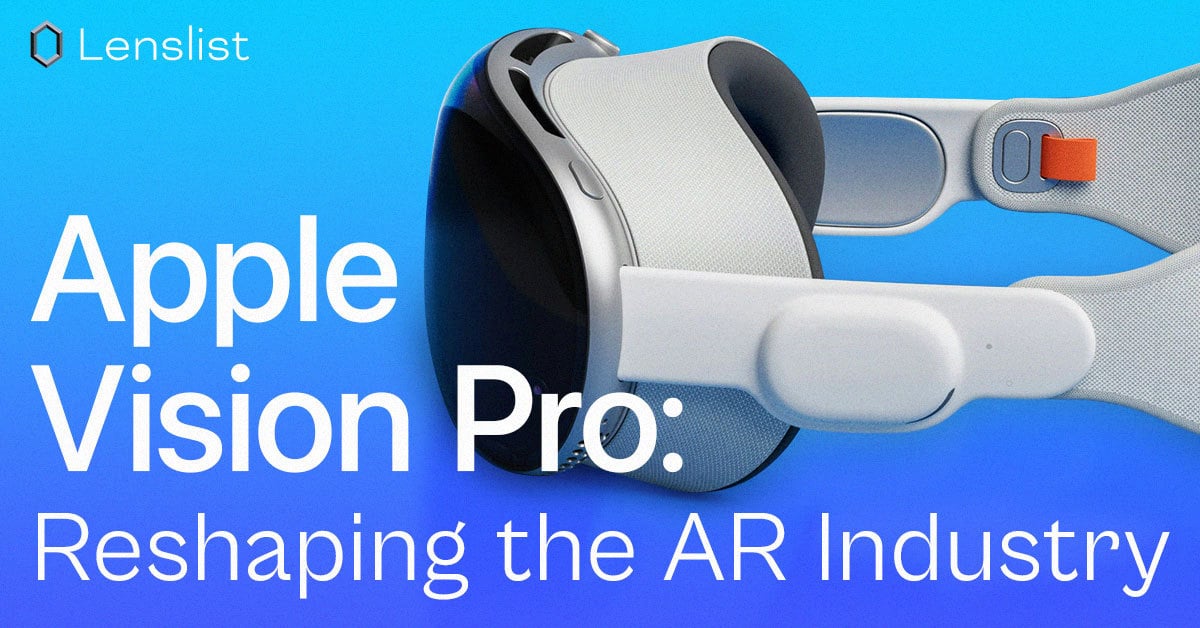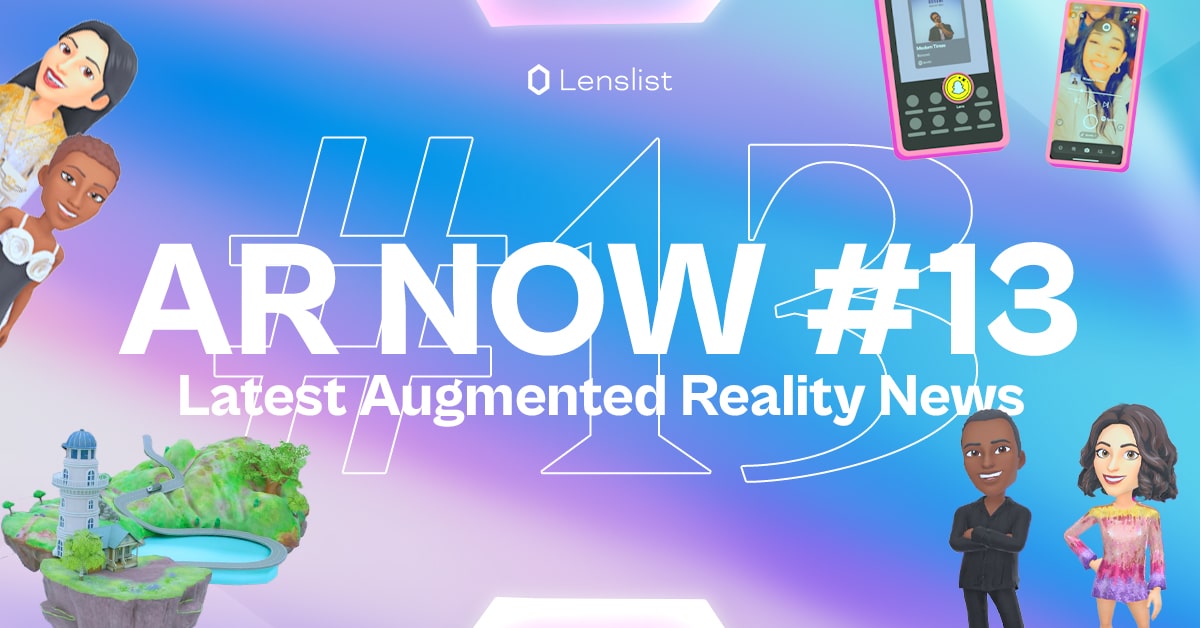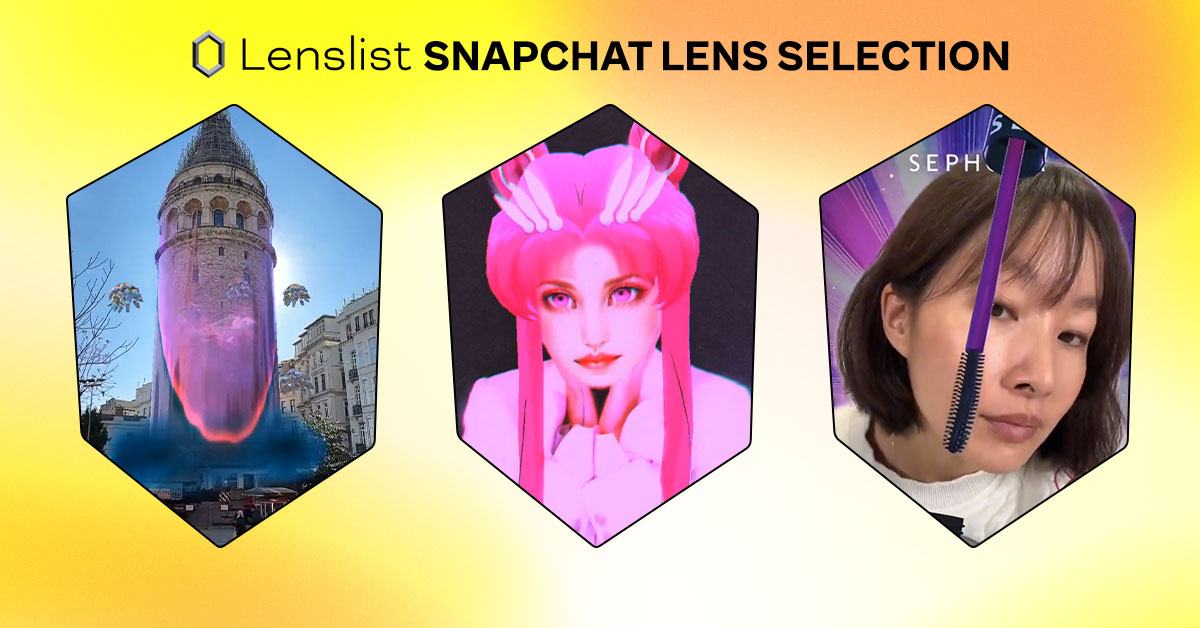Apple Vision Pro: Reshaping the AR Industry

Despite the newest mixed reality headset being on the market for less than a month, Apple Vision Pro already promises a revolutionary influence on the industry. What does it mean for the future of Augmented Reality?
Apple Vision Pro is no ordinary virtual reality headset: while the device connects the digital and physical worlds, the main focus is still the natural environment. Unlike Virtual Reality, users can stay connected to the real world and continue to enjoy AR features overlaying their spaces.
The device’s announcement was one of the most significant industry events of 2023, and each revealed feature left tech enthusiasts either stunned or sceptical.
And now, after months of patient anticipation, we can finally answer the question: was the hype really worth it?
Features and opportunities
Apple itself describes the device as a new era of spatial computing, presenting the headset as highly based on Augmented Reality Technology. But except for the digital content visible in real environments, Vision Pro has much else to offer its users.
The first thing that makes the headset stand out is that there are no controllers to steer the device with your hands, allowing users to interact with the virtual information without additional equipment easily and intuitively. And that’s not all: With the iris tracking feature, the headset can be controlled through the user’s eyes, creating a user experience that we’ve never seen before.
Thanks to its 12 cameras and 6 microphones, the device makes it easy to capture the real environment and relive those moments later in 4K quality using the spatial video feature. Aside from creating content, over 600 apps are already said to be in development to fit Vision Pro’s requirements, with Netflix, YouTube, or Spotify among them. For now, many softwares and apps, like Microsoft Teams or Word, have created additional features dedicated to the headset, making it the perfect device to work or study with. Users can also enjoy Disney+ content, watching movies from all over the world on the big screen, some of them even available in 3D.
What does it mean for AR developers?
Most importantly, Augmented Reality has the potential to be more than just a part of a bigger marketing campaign or application. We will see AR experiences more as individual products rather than one-time content creation opportunities or innovative problem solvers. This will create an opportunity, especially for AR Apps and WebAR filters focused on interactive spatial-based solutions. Apple’s ARKit is already waiting for AR developers to seize its potential.
Apple Vision Pro: First impressions
As it’s the first device of this kind, we could expect reviews to be mixed. But one thing has to be said: The Vision Pro headset is as revolutionary as the brand promised. While those who are not interested in technology might consider the device too excessive, tech enthusiasts will probably agree that the headset will reshape the industry as we know it.
From what we could see, reviewers are surprised with how smooth the control and interaction is, working through small gestures and eye tracking, even when the user is sitting with hands on their lap. People who already had their chance with the Vision Pro are also impressed by the quality of sound and video, which turned out to be exactly as impressive as promised. The pass through received tons of compliments and it seems like the lack of latency and visual quality make this product a market-ready proposition, not a developer-only prototype some were expecting to see.
Concerns
Some users, however, are not that 100% happy with the headset. Despite the sleek elegance of the device, which everyone expected from Apple, some users complained about the weight of the Vision Pro, which might make it uncomfortable to wear for a longer period of time. Another comfort breaker is the battery you have to carry in your pocket, yet it seems like most users forget about it after a couple of sessions. We’ve also seen tons of memes showcasing the personas the Vision Pro renders when using FaceTiming, which look far from realistic, but looking at Apple’s reaction to the issue, it seems rather solvable with upcoming software updates. The last commonly stated disadvantage is that the device is so personalized to the user, it’s almost impossible to share it. Outside, in social situations, the user is pretty secluded with enjoying the device, unlike. But this also seems like a fairly easy to solve problem.
Direction: Spatial Computing
While Vision Pro is currently too expensive for most people, priced at $3,500, Apple is already working on more accessible versions that will bring spatial computing into our everyday lives. And IOS users can see it already. iPhone 15 Pro and iPhone 15 Pro Max are equipped with the possibility of capturing spatial videos with the thought of replaying them later on the headset – which gives us an idea of where Apple is going.
Spatial computing, which means the real and digital worlds working together, is heavily based on Augmented Reality and Artificial Intelligence, and those two have also become increasingly popular in the last few years. All of the changes we see in the tech industry lead us to the conclusion that we’re approaching yet another tech revolution, bringing technology out of our phones into our spaces.
For example, Apple Vision Pro is already enhancing the shopping experience, encouraging retailers (like e.l.f. Cosmetics, or Alo Yoga) to use spatial computing and create their own interactive spaces, as described by Forbes. Ultimately, spatial computing will completely redefine how we live, impacting gaming, education, healthcare and much more.


